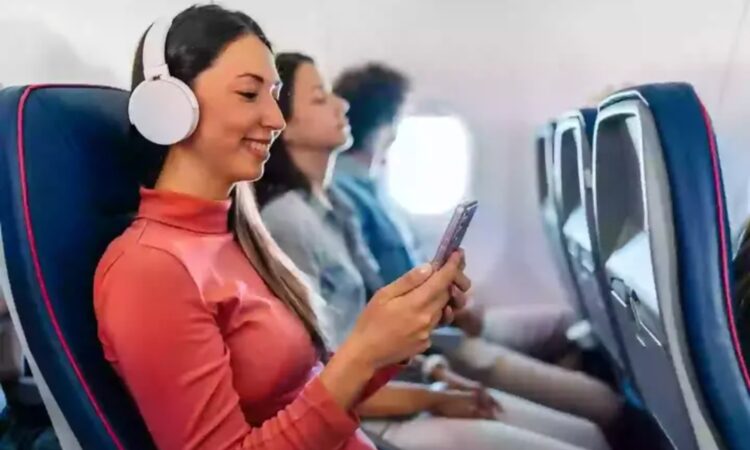Plane crash investigator reveals what actually happens if you don’t turn airplane mode on when you fly

Air safety expert Gregory Feith, who used to investigate plane crashes for the U.S. government, has warned that it’s really important to turn on airplane mode when you fly. He explained that even though it may seem like a small thing, not switching your phone or tablet to airplane mode could actually cause problems with a plane’s systems.
When you turn on airplane mode, your device stops sending and receiving signals through cellular networks, Wi-Fi, and Bluetooth. Most of us know that this helps save battery or avoid distractions, but the main reason it exists is to prevent your phone’s signals from interfering with the airplane’s equipment.
Feith said that signals from your phone can mess with the plane’s navigation system, or even the safety system that helps pilots know how close they are to the ground. Even though airplanes are built to protect against this kind of interference, there’s still a risk—and no one in the aviation world wants to take that chance.
Some people might think that with newer technology, it’s okay to leave your phone on during a flight. But according to Feith and other experts, that’s not true. It’s still possible for the signals from your device to interrupt important communication between pilots and air traffic control, especially while the plane is moving on the runway.
Experts from Airalo, a mobile data company, also confirmed that devices give off signals that can interfere with pilots’ headsets and the plane’s communication systems. That’s why airlines still ask you to switch to airplane mode.
So even if it feels unnecessary, turning on airplane mode is about keeping everyone on the plane safe. While modern airplanes are better protected, it’s just not worth the risk. Just flip that switch and enjoy the flight.




